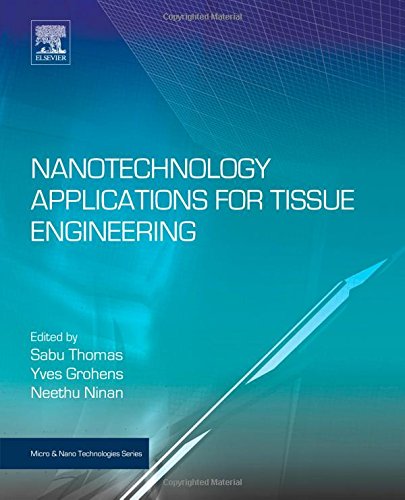

Most ebook files are in PDF format, so you can easily read them using various software such as Foxit Reader or directly on the Google Chrome browser.
Some ebook files are released by publishers in other formats such as .awz, .mobi, .epub, .fb2, etc. You may need to install specific software to read these formats on mobile/PC, such as Calibre.
Please read the tutorial at this link: https://ebookbell.com/faq
We offer FREE conversion to the popular formats you request; however, this may take some time. Therefore, right after payment, please email us, and we will try to provide the service as quickly as possible.
For some exceptional file formats or broken links (if any), please refrain from opening any disputes. Instead, email us first, and we will try to assist within a maximum of 6 hours.
EbookBell Team

4.0
36 reviewsTissue engineering involves seeding of cells on bio-mimicked scaffolds providing adhesive surfaces. Researchers though face a range of problems in generating tissue which can be circumvented by employing nanotechnology. It provides substrates for cell adhesion and proliferation and agents for cell growth and can be used to create nanostructures and nanoparticles to aid the engineering of different types of tissue. Written by renowned scientists from academia and industry, this book covers the recent developments, trends and innovations in the application of nanotechnologies in tissue engineering and regenerative medicine. It provides information on methodologies for designing and using biomaterials to regenerate tissue, on novel nano-textured surface features of materials (nano-structured polymers and metals e.g.) as well as on theranostics, immunology and nano-toxicology aspects. In the book also explained are fabrication techniques for production of scaffolds to a series of tissue-specific applications of scaffolds in tissue engineering for specific biomaterials and several types of tissue (such as skin bone, cartilage, vascular, cardiac, bladder and brain tissue). Furthermore, developments in nano drug delivery, gene therapy and cancer nanotechonology are described. The book helps readers to gain a working knowledge about the nanotechnology aspects of tissue engineering and will be of great use to those involved in building specific tissue substitutes in reaching their objective in a more efficient way. It is aimed for R&D and academic scientists, lab engineers, lecturers and PhD students engaged in the fields of tissue engineering or more generally regenerative medicine, nanomedicine, medical devices, nanofabrication, biofabrication, nano- and biomaterials and biomedical engineering.